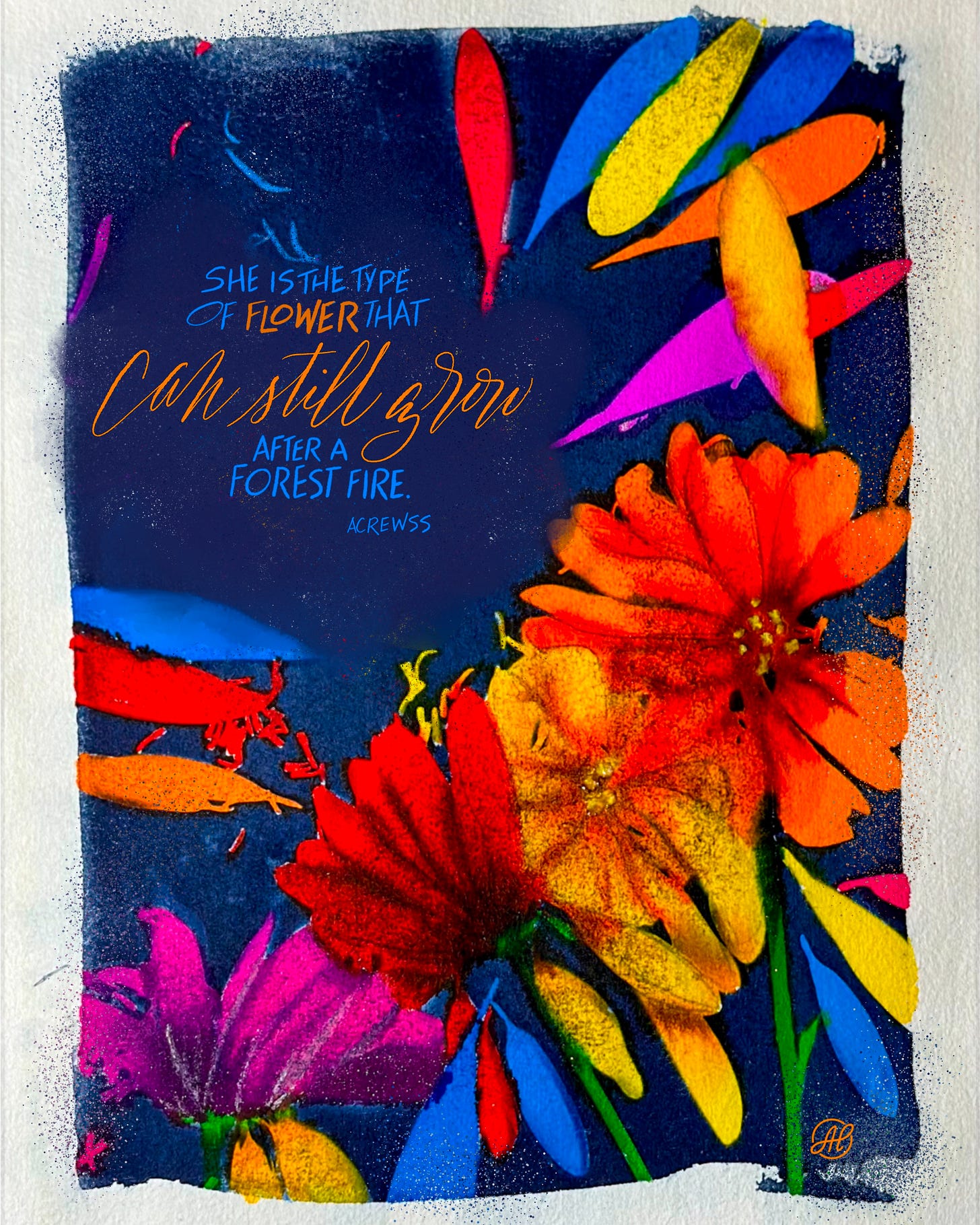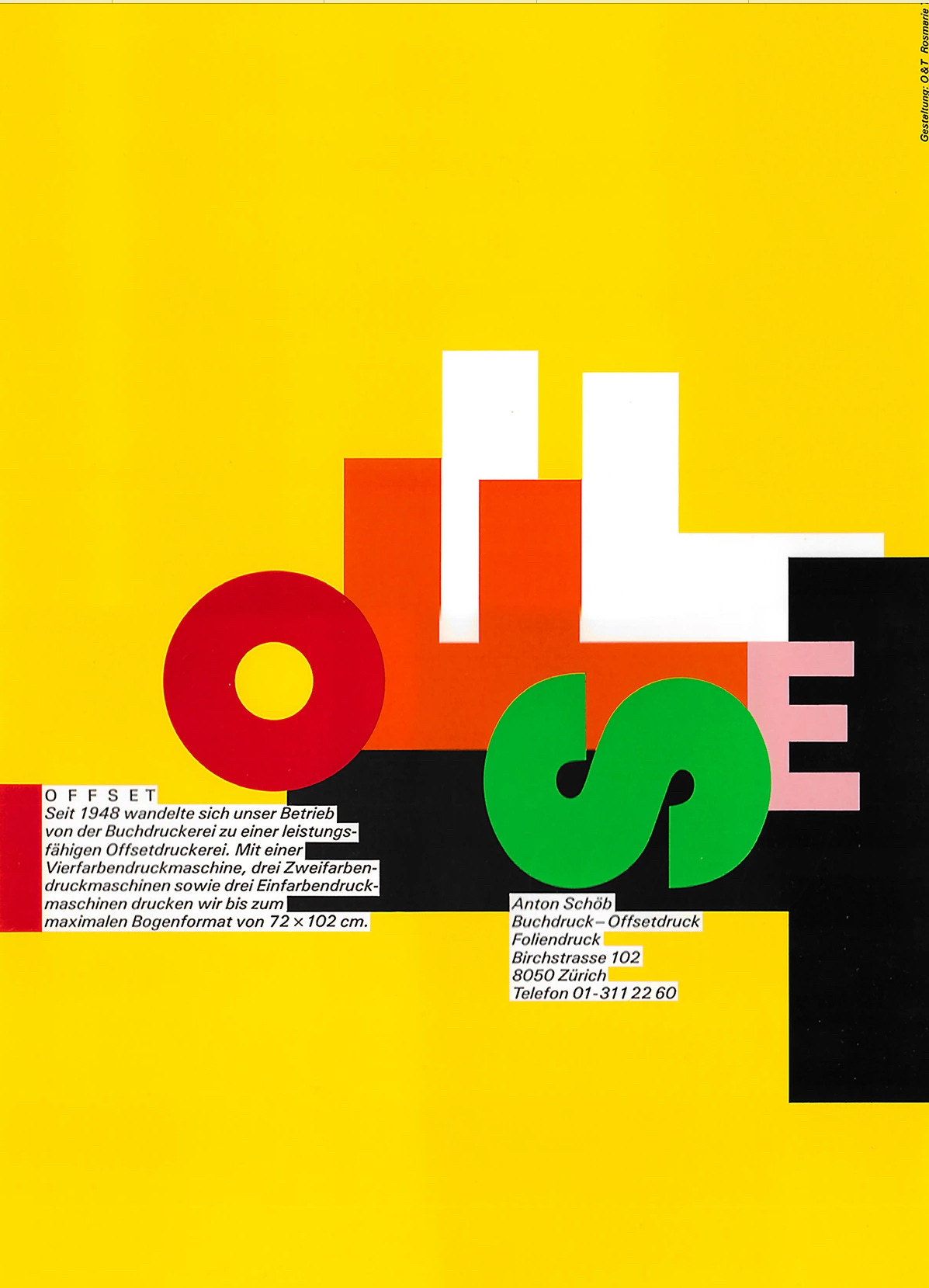
Last Friday, March 8th was International Women‘s Day. I read about its history again today, its beginnings, and its growth into a global commemoration. I have distinctive memories of the late 1960s and early 70s. TV ads, shows, and movies in which women portrayed womanhood as it was played out in society. Especially when it came to professions: nurses, teachers, secretaries, assistants, and receptionists to name a few.
Last week I talked about Typography as poetry in which I described my brief exposure to commercial art through my neighbor. At the time, I mentioned my interest to some of my older friends. They discouraged me to pursue commercial art because “it was a male dominated field”. Today, like other professions, graphic design—formerly known as commercial art, is mostly composed of women. According to Data USA, 198,386 (or 53.7%) of American graphic designers are women.
On that note, I thought I would share with you a small selection of the female designers I have looked up to. When I started in design I did not know much. Thus, I spent time looking at work, at design, and sometimes other design areas like architecture.
One of the first female designers that called my attention was Rosemarie Tissi. Specifically this work below:

I looked at the typography of this image for hours. I was fascinated with how Tissi used these big and chunky letters to create the offset printer. Not to mention the use of color and negative space. In a word, I was mesmerized. How the O captures the eye and moves it from the F to the E not only by gradually changing the color in a tonal way but also by changing the sizes. She takes advantage of the strong horizontal bar the stem of the T provides to arrange the letters making the eye move from O to T seamlessly. One still reads the word offset and not much more is needed to understand what this is. It is like she is taking advantage of the natural eye movement that reads from left to right to organically connect the word and image in our mind. I was and still am fascinated.
The second female designer whose work stopped on my tracks when I saw it, was April Greiman’s. I had the opportunity to see her talk in Carbondale, ILL in 2005. I have never forgotten that talk. There was a desire to search in her narrative as she told the story of her career that resonated with me profoundly. I wished I had talked to her afterwards. Her work would leave me speechless. In almost every design work she creates, the elements dance in the space. I simply had not seen work like that when I was started to study design. I remember studying the grid and alignments but when I saw her work, it was like a lightbulb got turned on. The page becomes a stage for the performers in her work. I can say her ideas about how design works on a printed page influenced me the most in my perception of space, page, and type.
Jennifer Sterling has influenced the way I see and perceive typography. The typography in her work is like something that floats on the page, like a lightweight feather that moves and turns. Her work is experimental and pushes the limits of the page and even motion. We expect to see the letters moving in a certain way but in her work the typography can and will take unexpected turns. Sometimes she incorporates shapes and elements to enhance both the ideas and the typographic movement.
Not a graphic designer but an architect, Zaya Hadid’s work makes me look twice. She passed in 2016 and it is a loss. I think you should visit her site and explore her designs. From her site this quote summarizes how I feel about her work and why I admire it:
…the beauty and virtuosity within her work is married to meaning. Her architecture is inventive, original and civic, offering generous public spaces that are clearly organized and intuitive to navigate.
Below is one of her designs: the Eli and Edythe Broad Art Museum at Michigan State University. The building seems like it wants to levitate or fly away. It is simply impressive.
I think that my interest in these designers stems from an admiration to playfully defy the constraints innate to the materials they use. Be it paper, digital, or spatial, these designers try to not just to capture the movement in a frame, but it feels like the designer is indeed mentally dancing with their design in that moment. There is an organic and symbiotic dialogue between the design and designer. These works are not void of meaning or purpose or are frivolously pushing the limits. These works are the result of a deep understanding and even acceptance of the constraints and limitations. Rather than succumbing to those, they embrace these parameters in order to birth a piece that seemingly defies its nature. Yet, it is not a rebellious defiance. It is a dance of give and take, a dance of conversation, and a dance of creation.
I can mention more designers of course. There are many others that in one way or another have shaped the way I think about design. These four designers have in common what I look for in my work: movement. And when I started to study design, it was their work that captured my interest and still does.
What female designers have influenced you? There is so many more I can add but also so many more I do not know. Share with me?
With love,
Alma




